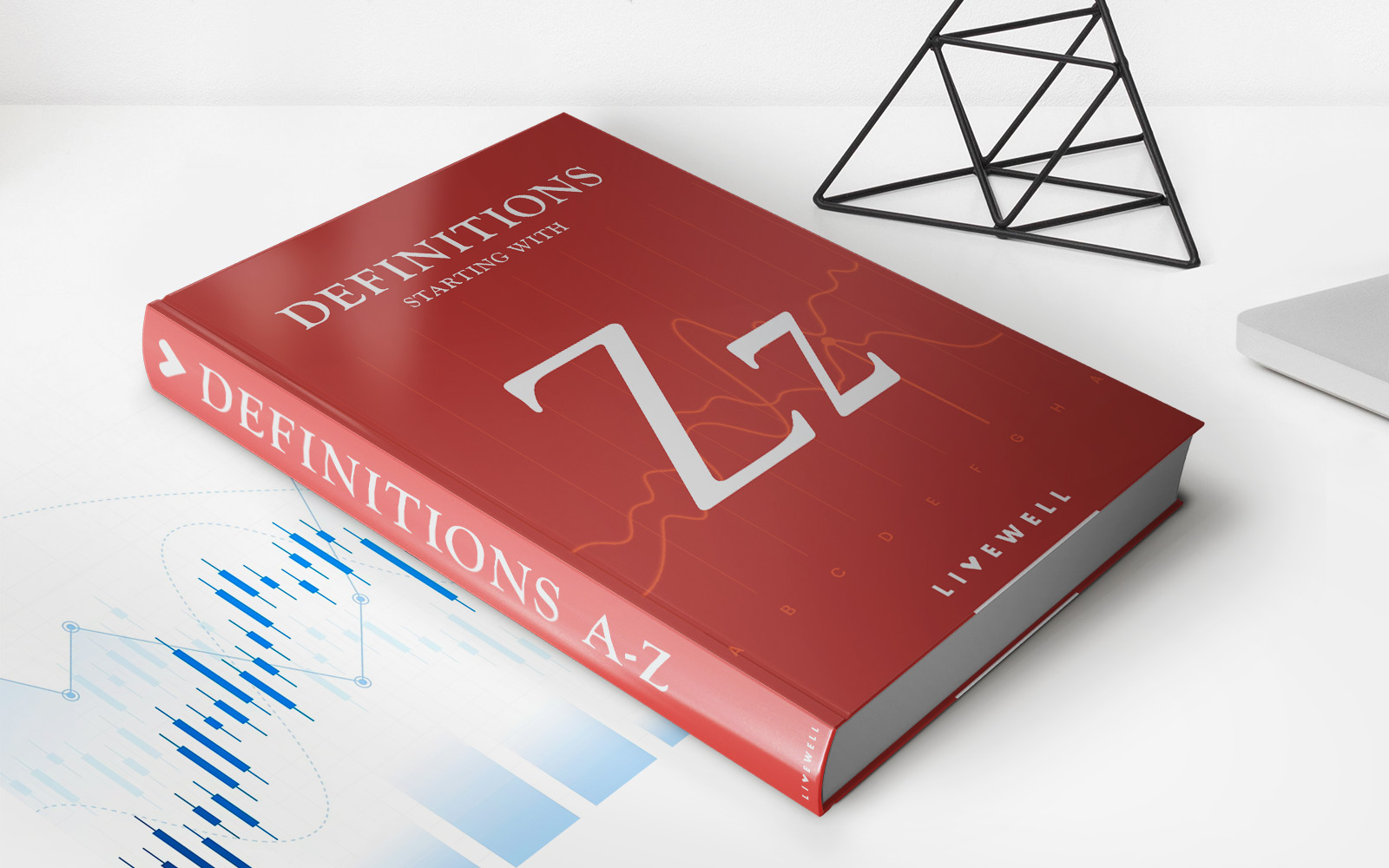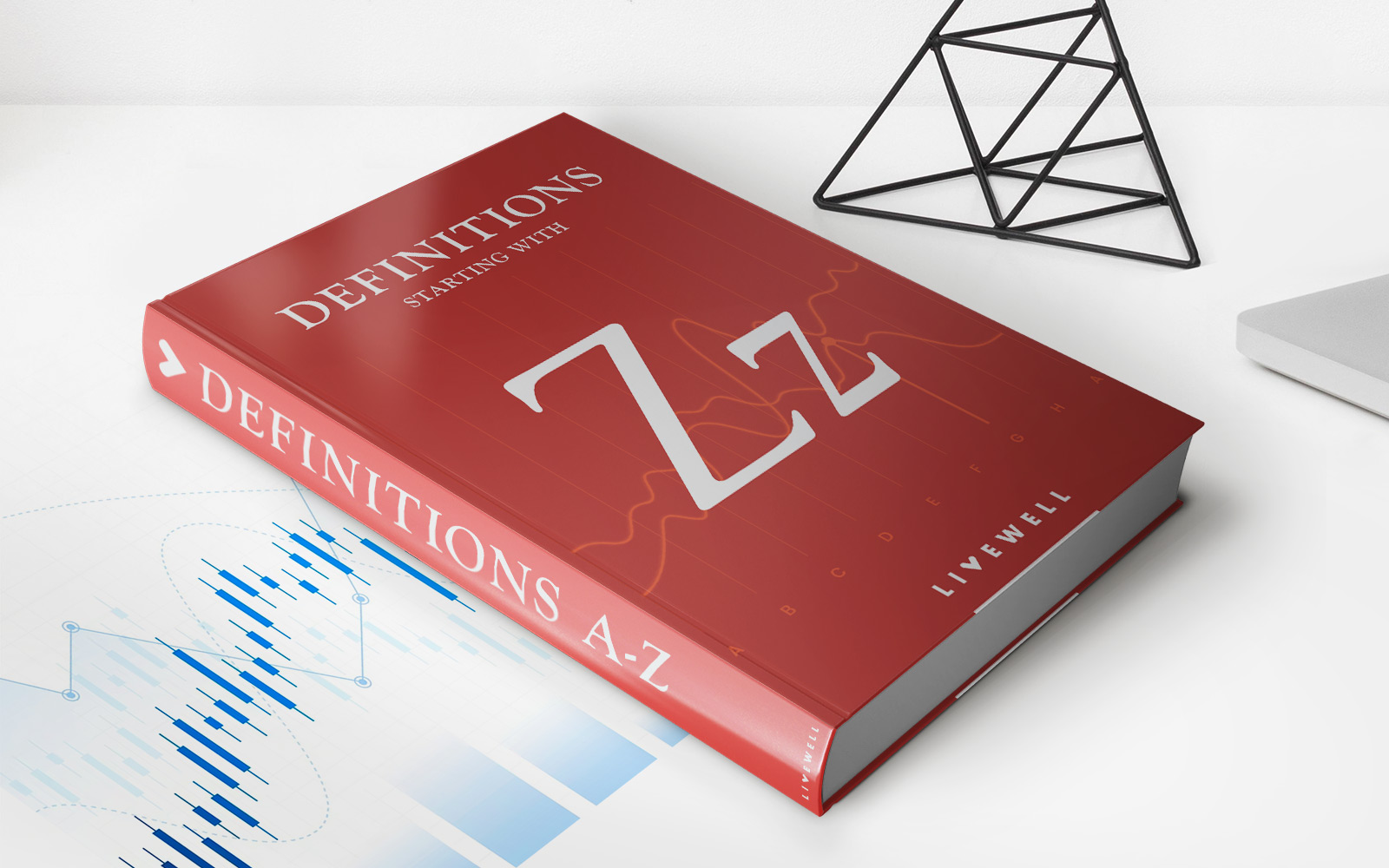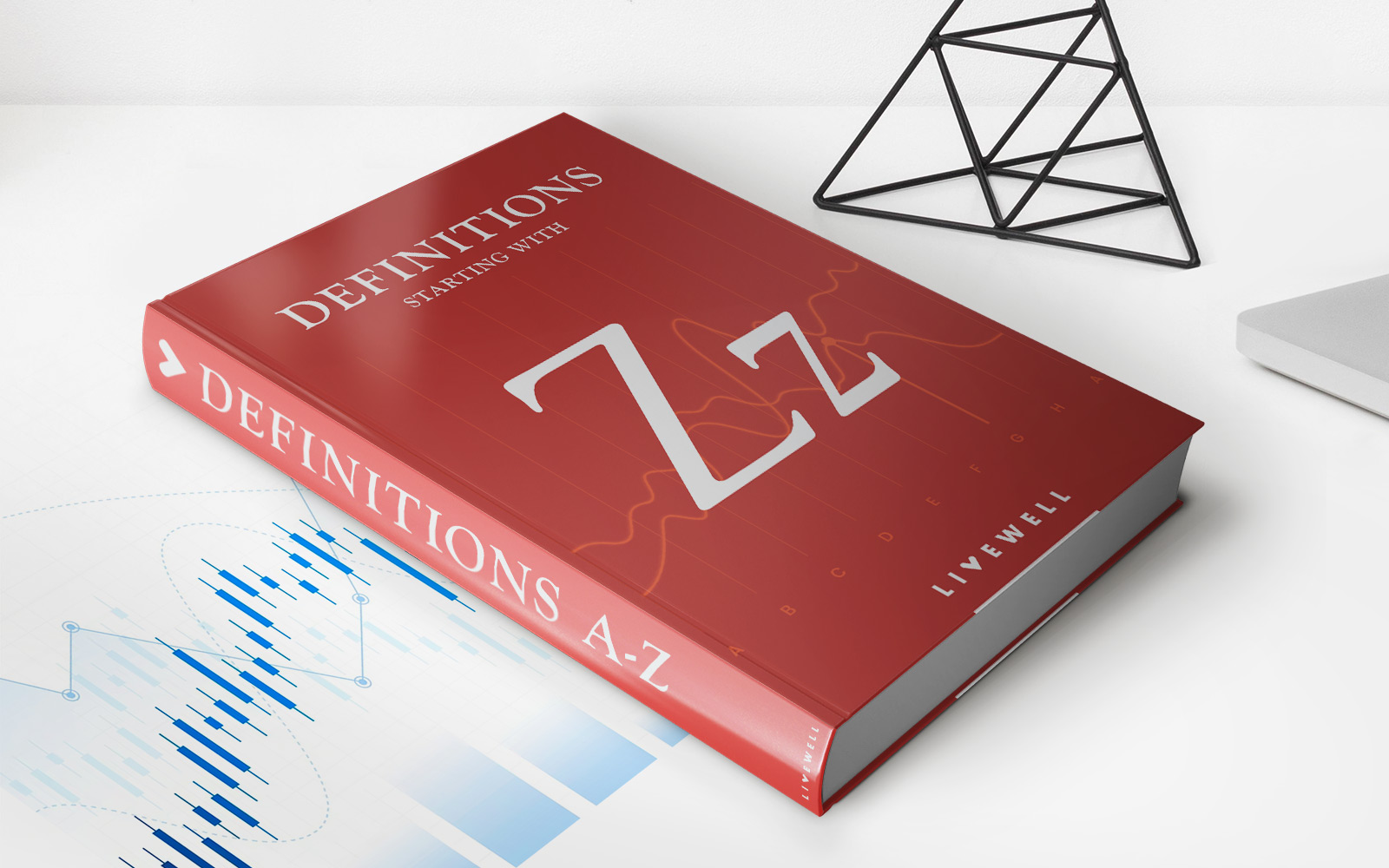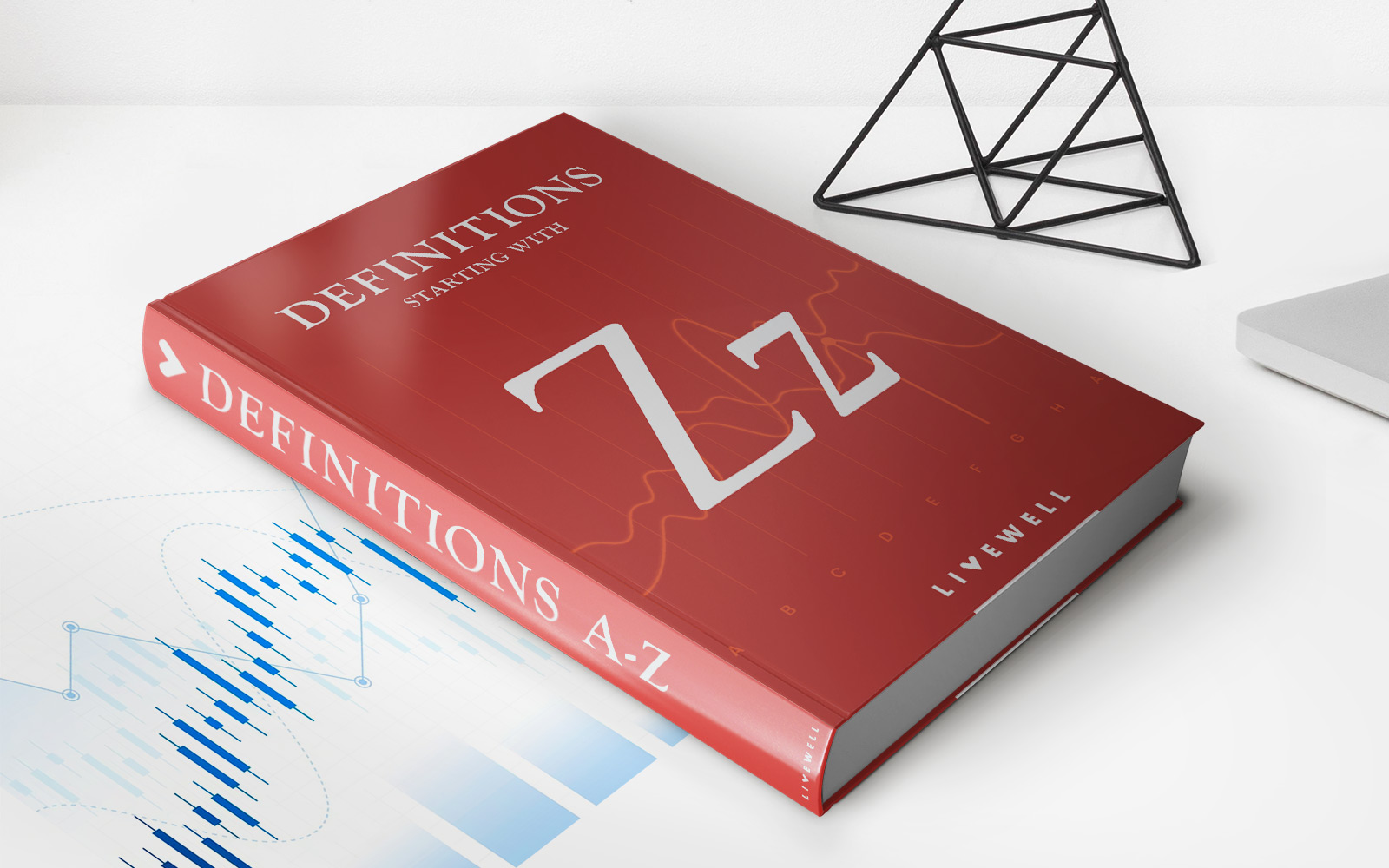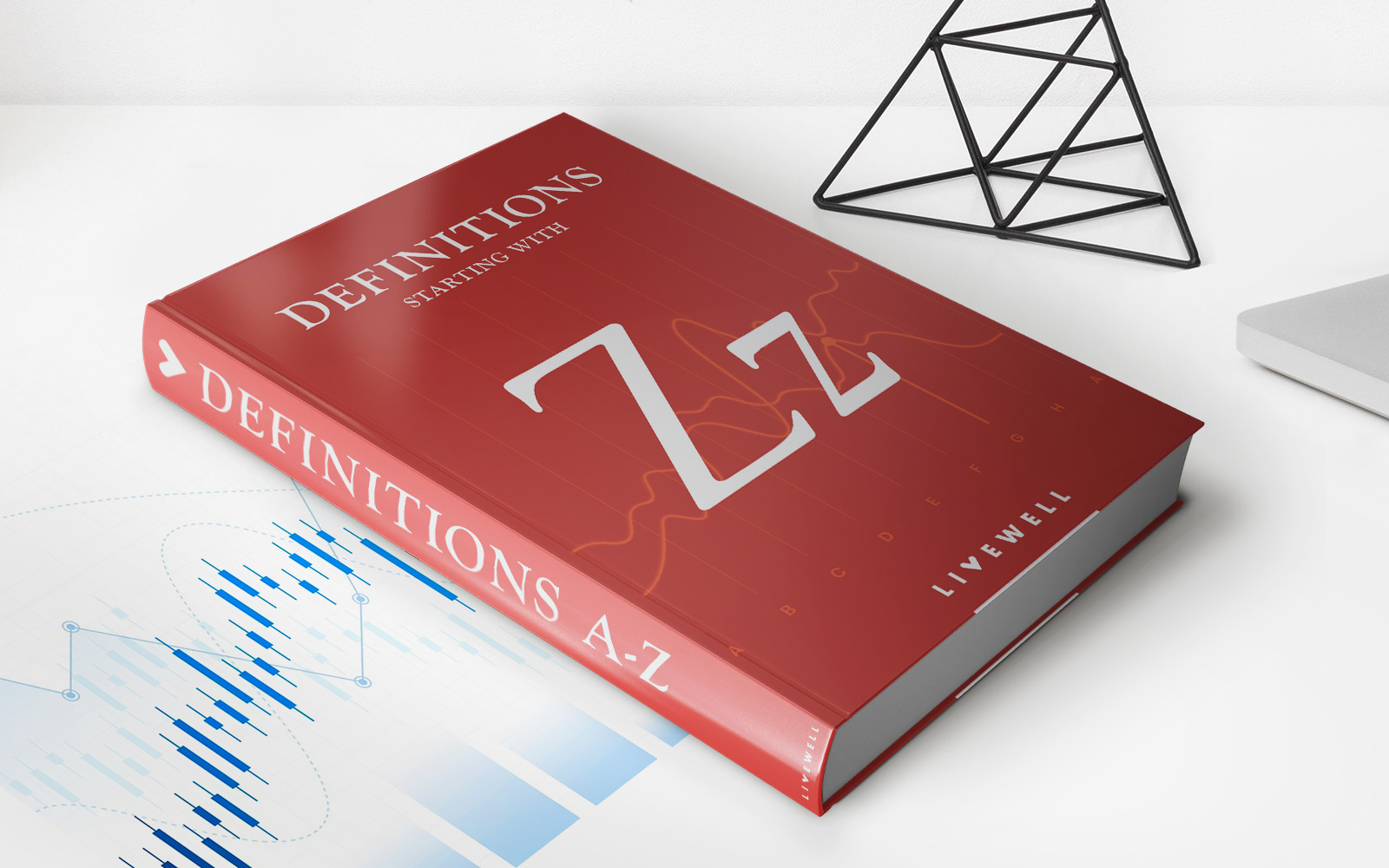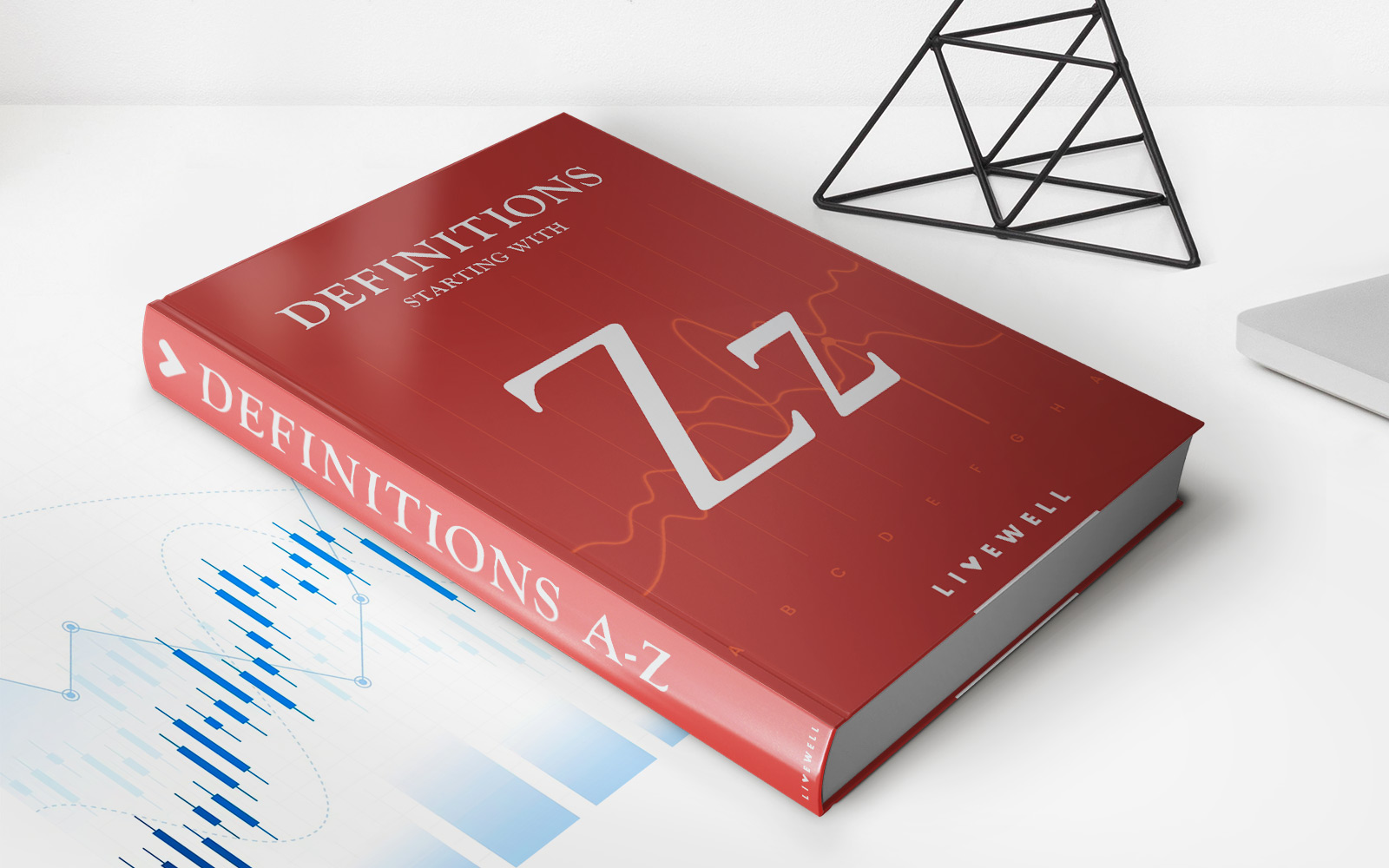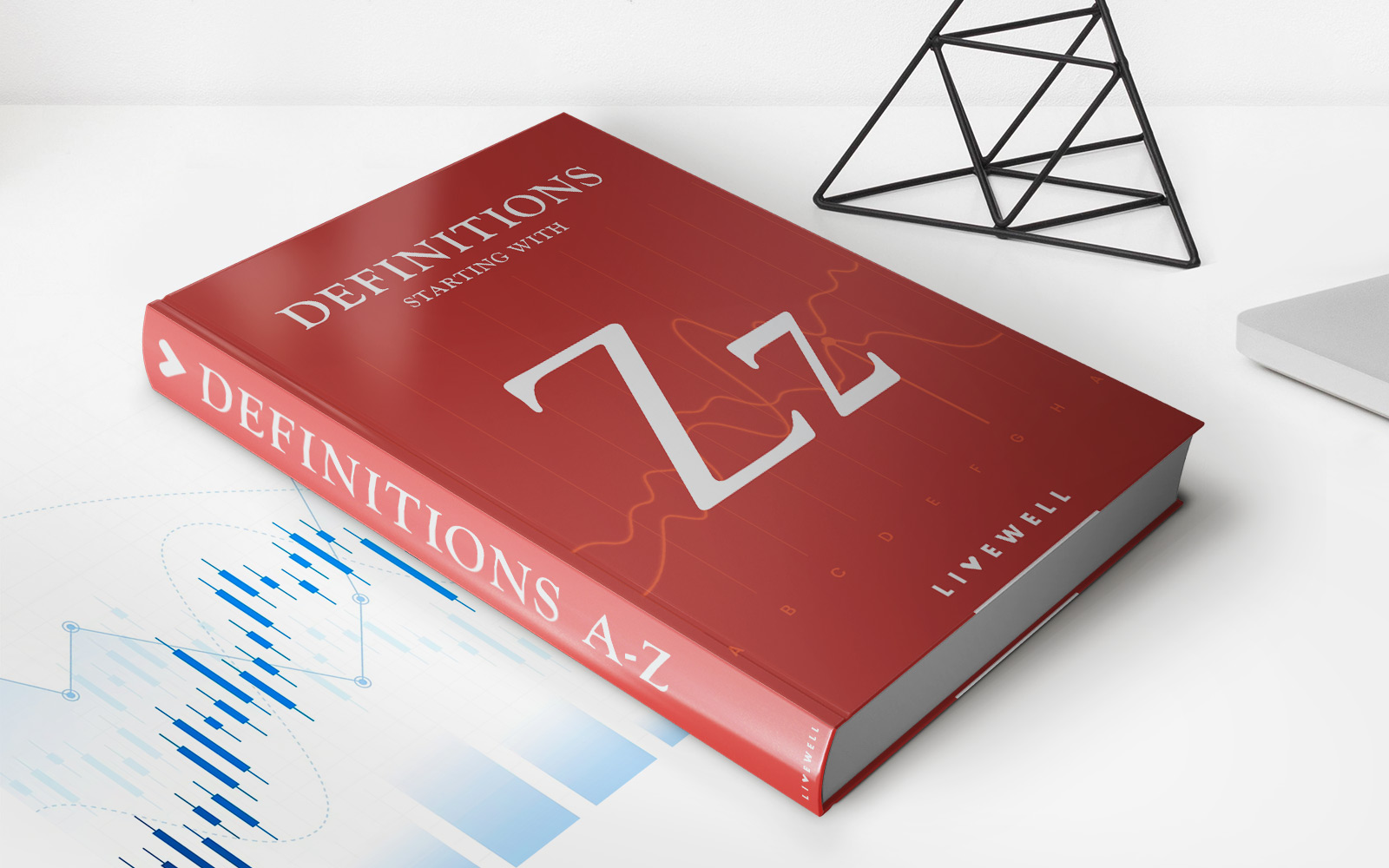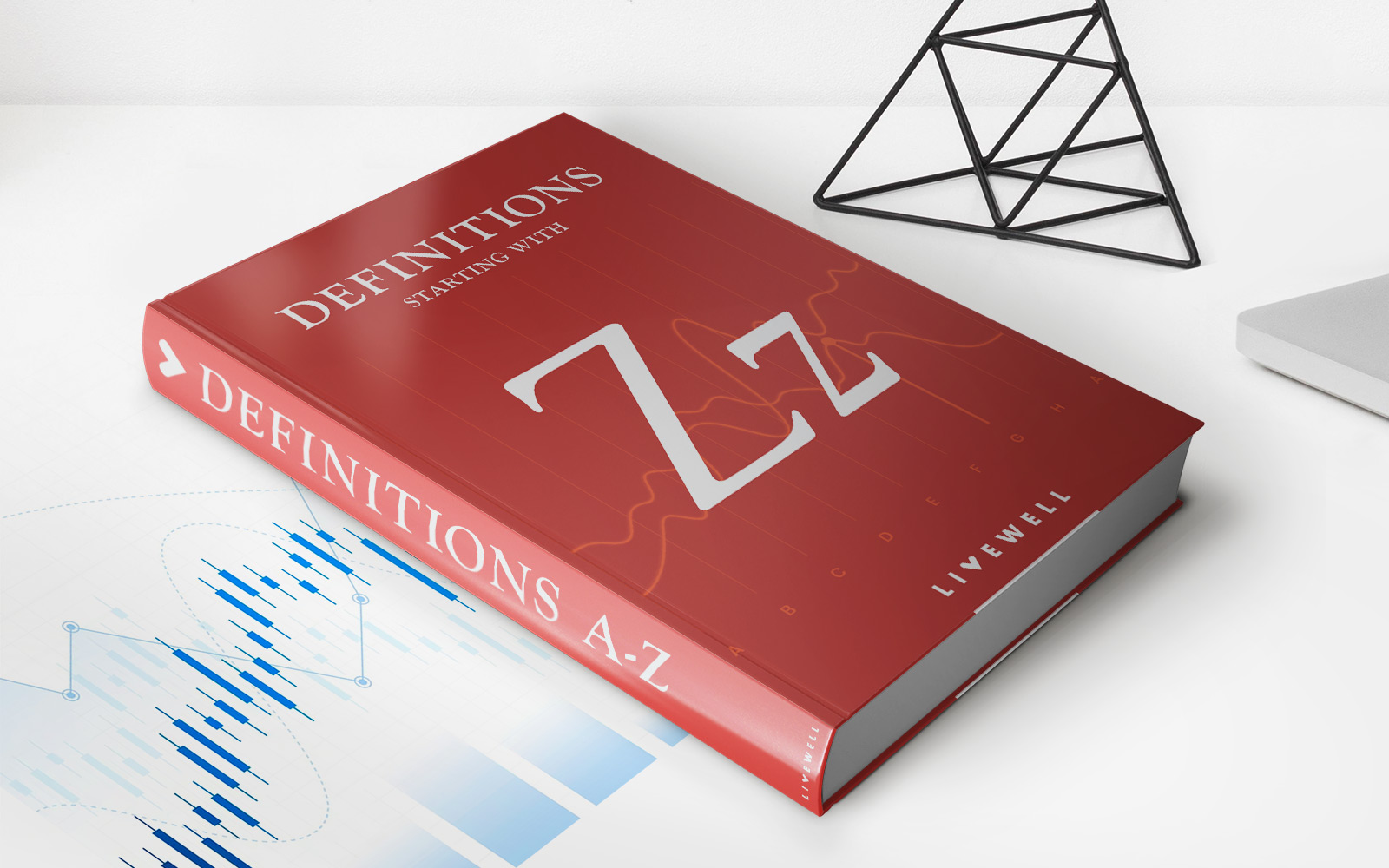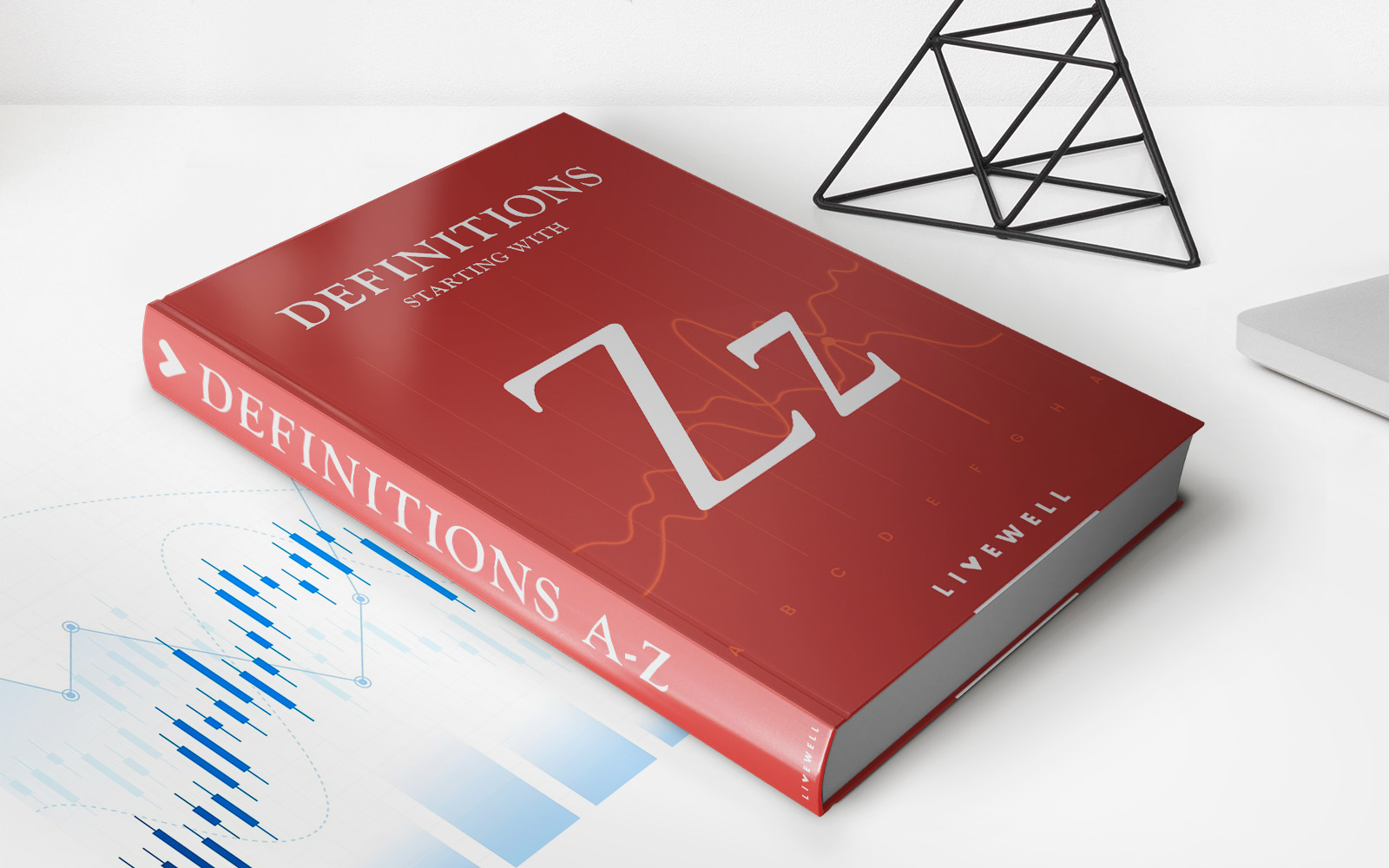

Finance
Z-Bond Definition
Published: February 20, 2024
Discover the definition of Z-Bond in finance and its significance in the investment world. Enhance your understanding of this financial term.
(Many of the links in this article redirect to a specific reviewed product. Your purchase of these products through affiliate links helps to generate commission for LiveWell, at no extra cost. Learn more)
Understanding Z-Bond Definition: An Essential Guide for Investors
Welcome to another informative blog post from our “Finance” category! Today, we delve into the fascinating world of Z-Bond definition. Whether you’re a seasoned investor or just starting out, understanding Z-Bonds can provide you with valuable insights into the world of finance and investment strategies. In this article, we will cover everything you need to know about Z-Bonds and why they are worth considering for your investment portfolio.
Key Takeaways:
- Z-Bonds are a type of structured bond, often associated with mortgage-backed securities.
- They offer higher yields compared to traditional bonds, but also come with an increased level of risk.
What is a Z-Bond?
Before we can dive into the intricacies of Z-Bonds, let’s start with the basics. A Z-Bond is a type of structured bond that is typically associated with mortgage-backed securities (MBS). Unlike traditional bonds that pay interest periodically, Z-Bonds are known as zero-coupon bonds, meaning they do not pay any interest until maturity.
Z-Bonds are created by dividing a pool of mortgage-backed securities into separate tranches or classes. These tranches typically include other types of bonds, such as principal-only (PO) and interest-only (IO) bonds. Z-Bonds are often the riskiest tranches as they receive the last cash flow priority, making them highly sensitive to changes in interest rates and prepayment speeds.
Why Consider Investing in Z-Bonds?
Now that we’ve established what Z-Bonds are, it’s time to understand why they may be worth considering for your investment portfolio:
- Higher Yields: Z-Bonds tend to offer higher yields compared to traditional bonds due to their riskier nature. This means that investors have the potential to earn greater returns on their investments.
- Portfolio Diversification: Adding Z-Bonds to your investment portfolio can help diversify your holdings. By diversifying across various asset classes, including different bond types, you can reduce the overall risk and volatility of your portfolio.
However, it’s important to note that investing in Z-Bonds also comes with increased risks. As they are highly sensitive to interest rates and prepayment speeds, fluctuations in these factors can significantly impact the value and performance of Z-Bonds. Investors should carefully assess their risk tolerance and consult with a financial advisor before considering investments in Z-Bonds.
In Conclusion
Z-Bonds can be an attractive addition to your investment portfolio, offering the potential for higher yields and portfolio diversification. However, it’s crucial to carefully evaluate the risks associated with these bonds and ensure they align with your investment goals and risk tolerance. As with any investment decision, conducting thorough research and seeking professional advice can help you make informed choices in pursuit of your financial objectives.
We hope this article has provided a comprehensive understanding of Z-Bond definition, helping you navigate the world of finance with confidence. Stay tuned to our “Finance” category for more informative blog posts and investment insights!
